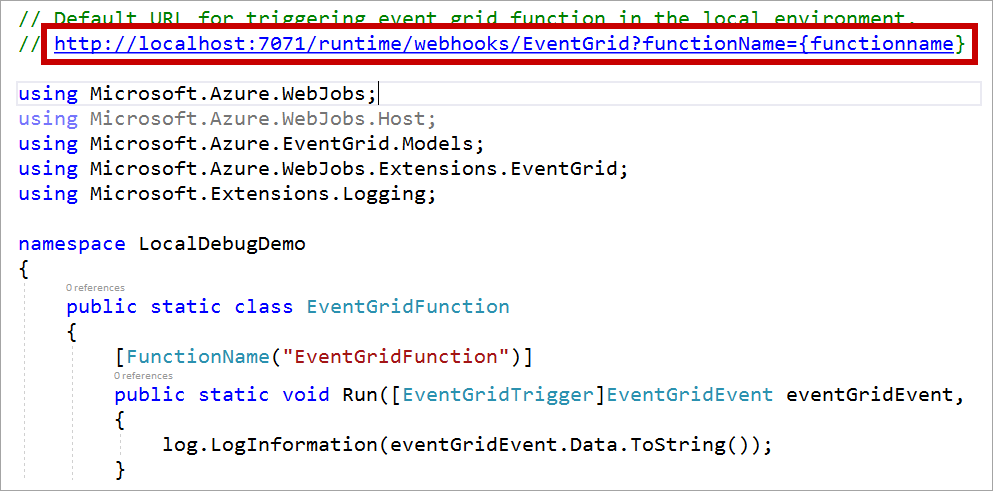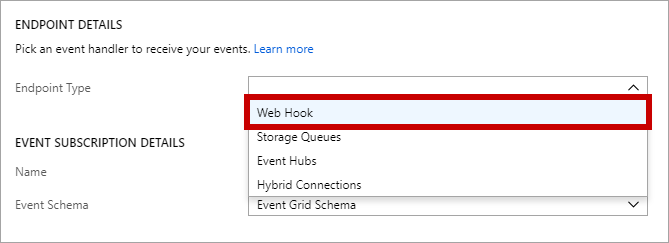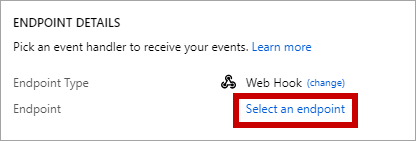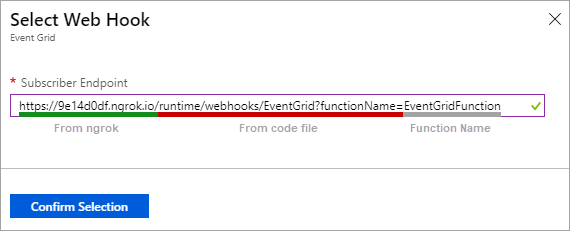Source – https://docs.microsoft.com/en-us/azure/azure-functions/functions-debug-event-grid-trigger-local
This article demonstrates how to debug a local function that handles an Azure Event Grid event raised by a storage account.
Prerequisites
- Create or use an existing function app
- Create or use an existing storage account
- Download ngrok to allow Azure to call your local function
Create a new function
Open your function app in Visual Studio and, right-click on the project name in the Solution Explorer and click Add > New Azure Function.
In the New Azure Function window, select Event Grid trigger and click OK.

Once the function is created, open the code file and copy the URL commented out at the top of the file. This location is used when configuring the Event Grid trigger.

Then, set a breakpoint on the line that begins with log.LogInformation.

Next, press F5 to start a debugging session.
Allow Azure to call your local function
To break into a function being debugged on your machine, you must enable a way for Azure to communicate with your local function from the cloud.
The ngrok utility provides a way for Azure to call the function running on your machine. Start ngrok using the following command:BashCopy
ngrok http -host-header=localhost 7071
As the utility is set up, the command window should look similar to the following screenshot:

Copy the HTTPS URL generated when ngrok is run. This value is used when configuring the event grid event endpoint.
Add a storage event
Open the Azure portal and navigate to a storage account and click on the Events option.

In the Events window, click on the Event Subscription button. In the Event Subscription window, click on the Endpoint Type dropdown and select Web Hook.

Once the endpoint type is configured, click on Select an endpoint to configure the endpoint value.

The Subscriber Endpoint value is made up from three different values. The prefix is the HTTPS URL generated by ngrok. The remainder of the URL comes from the URL found in the function code file, with the function name added at the end. Starting with the URL from the function code file, the ngrok URL replaces http://localhost:7071 and the function name replaces {functionname}.
The following screenshot shows how the final URL should look:

Once you’ve entered the appropriate value, click Confirm Selection.
Important
Every time you start ngrok, the HTTPS URL is regenerated and the value changes. Therefore you must create a new Event Subscription each time you expose your function to Azure via ngrok.
Upload a file
Now you can upload a file to your storage account to trigger an Event Grid event for your local function to handle.
Open Storage Explorer and connect to the your storage account.
- Expand Blob Containers
- Right-click and select Create Blob Container.
- Name the container test
- Select the test container
- Click the Upload button
- Click Upload Files
- Select a file and upload it to the blob container
Debug the function
Once the Event Grid recognizes a new file is uploaded to the storage container, the break point is hit in your local function.

Clean up resources
To clean up the resources created in this article, delete the test container in your storage account.
